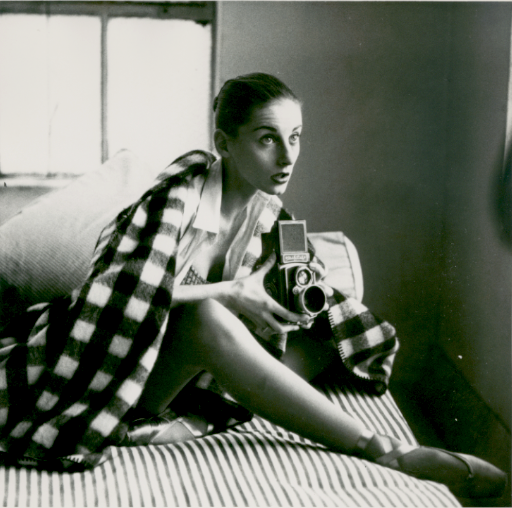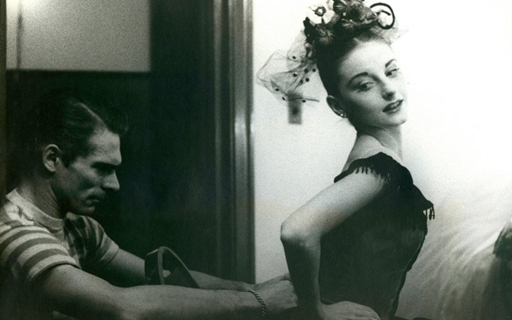Tanaquil “Tanny” Le Clercq isn’t a well-known name. But it should be.
Born in Paris on Oct. 2, 1929, to a French father and American mother, her family moved to New York when she was 3. At 17, the stunningly elegant ballerina was dancing principal parts in the New York City Ballet. She was a muse to famed choreographers Jerome Robbins and George Balanchine, whom she married in 1952. Beauty, grace, love and success were hers.
But four years later her life fell apart – on tour in Copenhagen, Tanny contracted polio and most of her body was paralyzed. She never walked or danced again. With her husband’s help, however, she made a partial recuperation and regained the use of her arms. Refusing to give in to self-pity, Tanny turned her attention to teaching, coaching, writing and cooking. She died on Dec. 31, 2000.
Her unusual name as well as her indomitable, inspiring spirit will likely get more of the recognition it deserves thanks to director Nancy Buirski’s new documentary “Afternoon of a Faun,” which is showing Wednesday, April 9, at the Aero Theatre in Santa Monica, co-presented with Dance Camera West. Dance critic Debra Levine will talk with the director after the screening.












From FNB readers